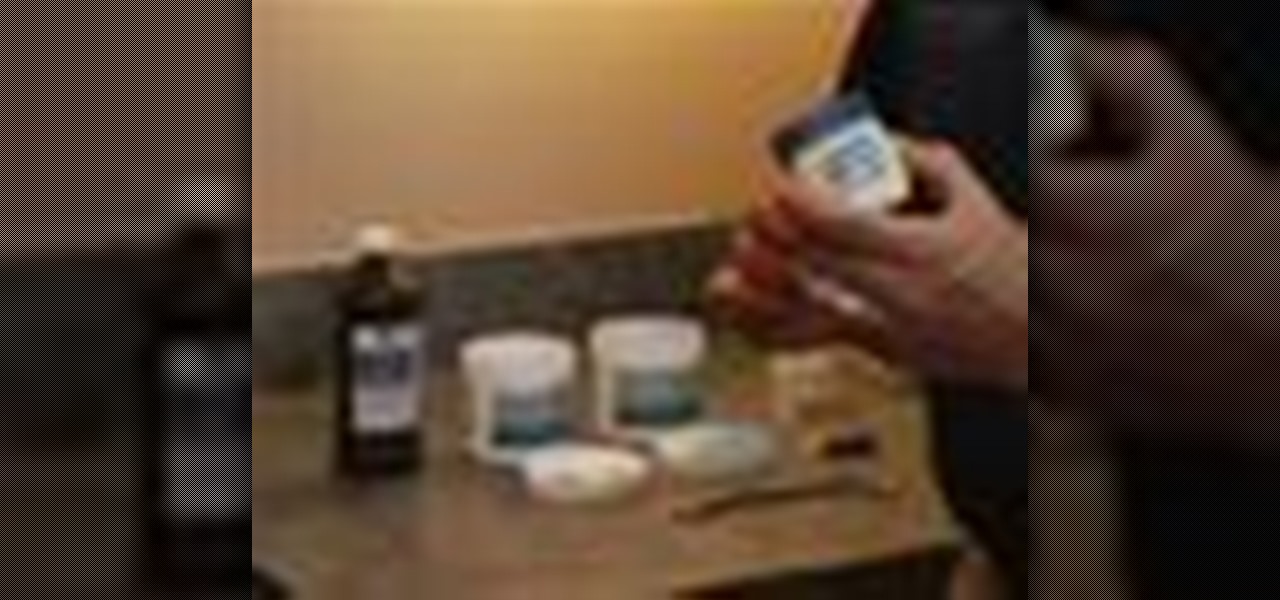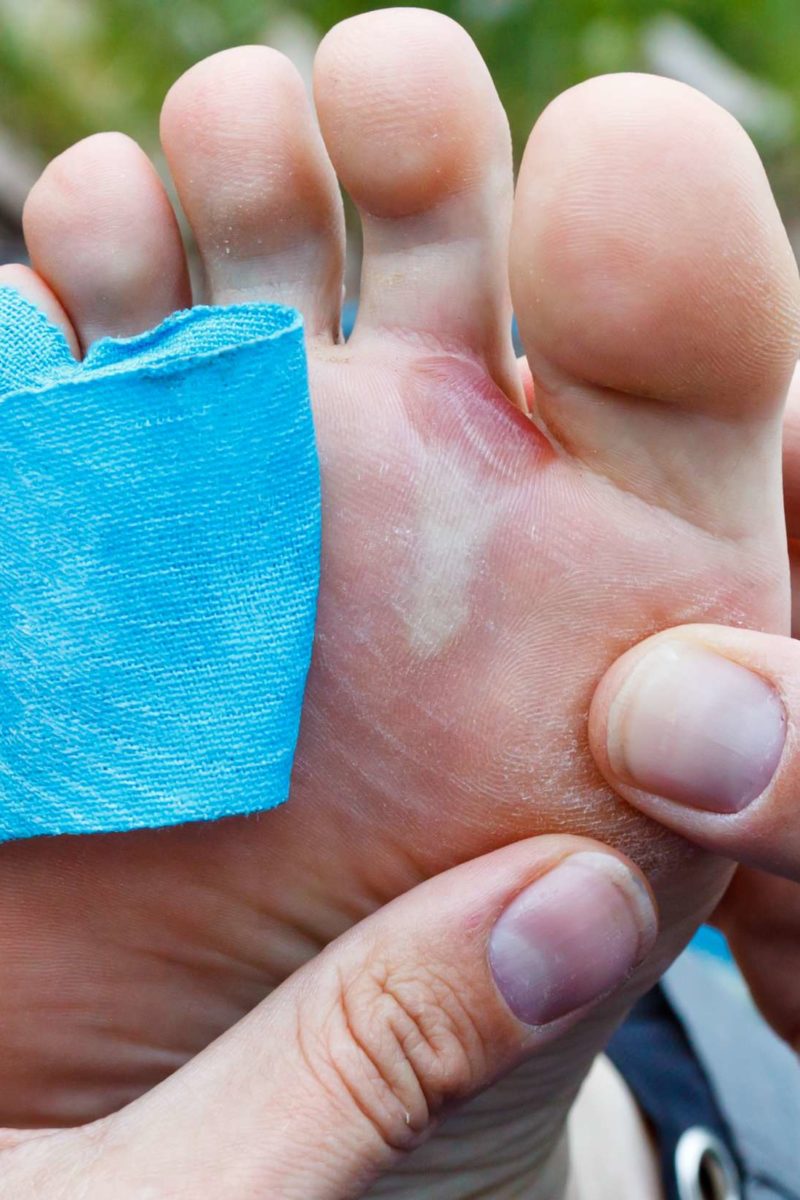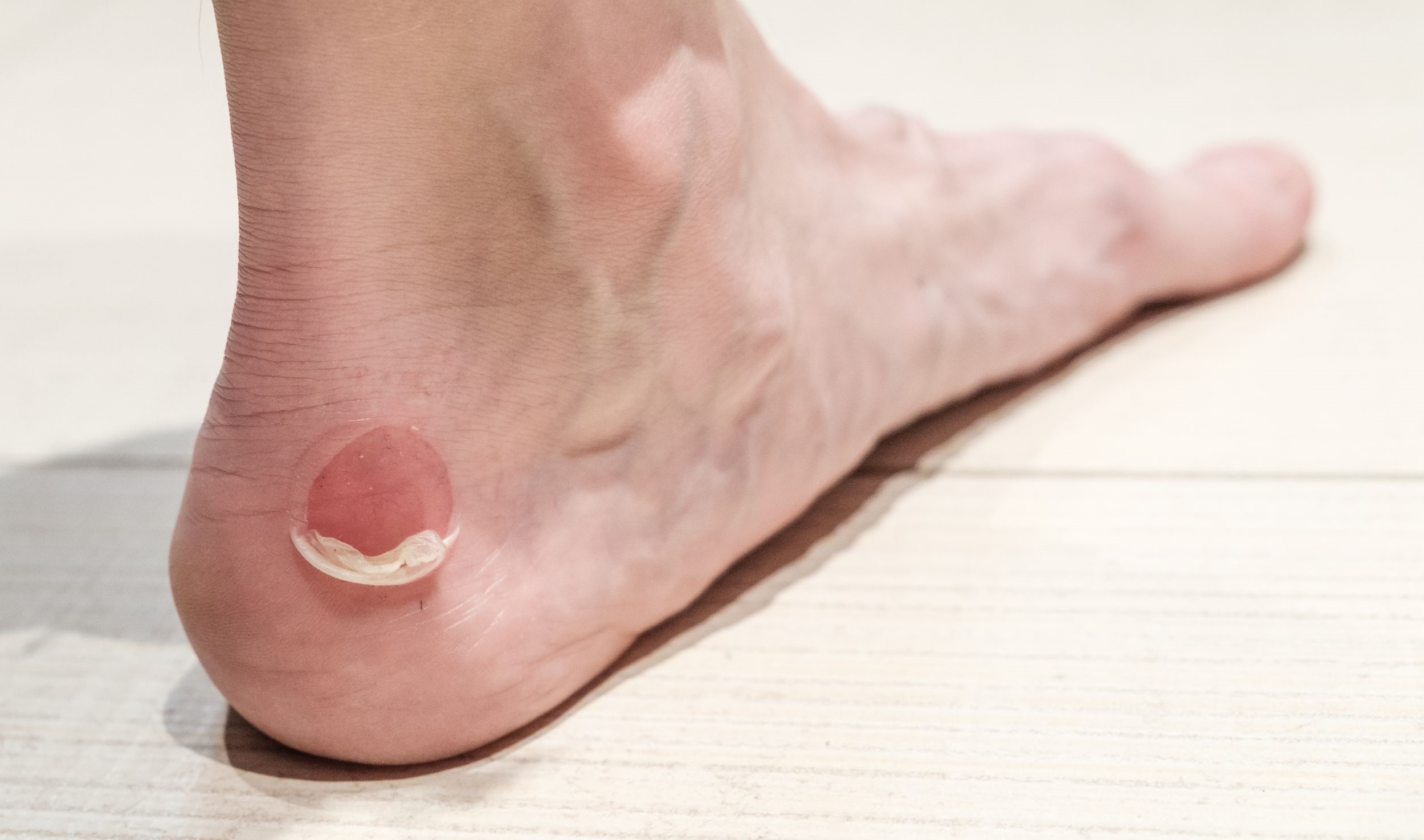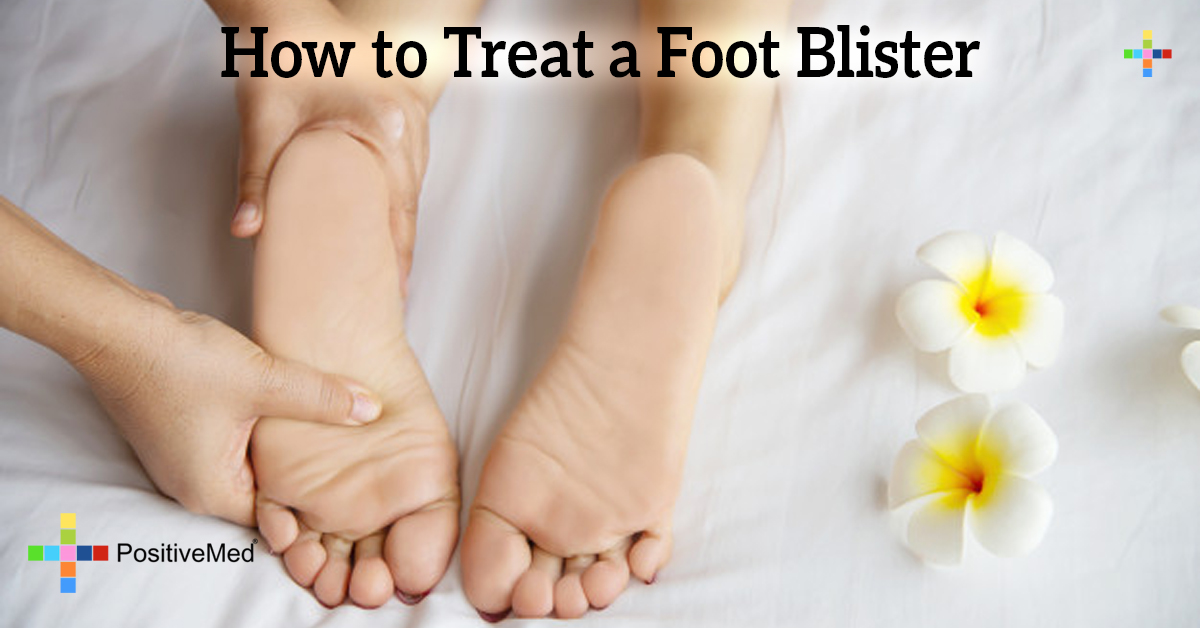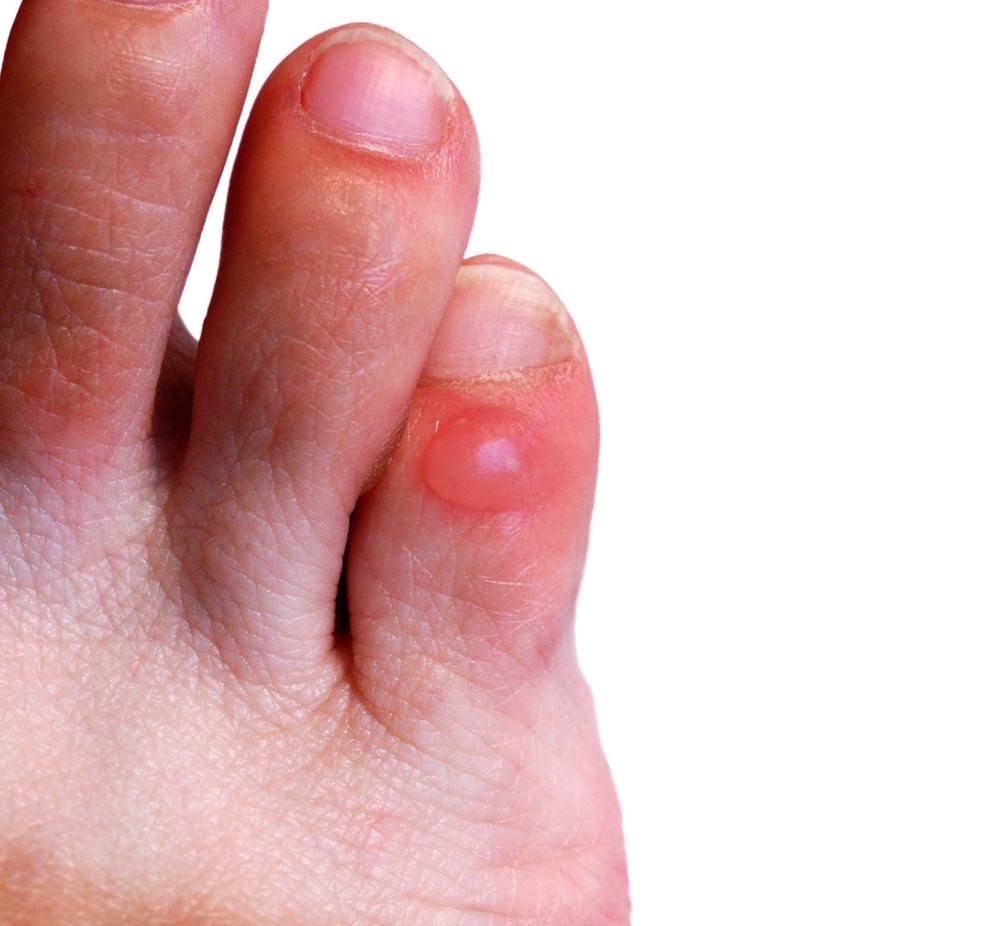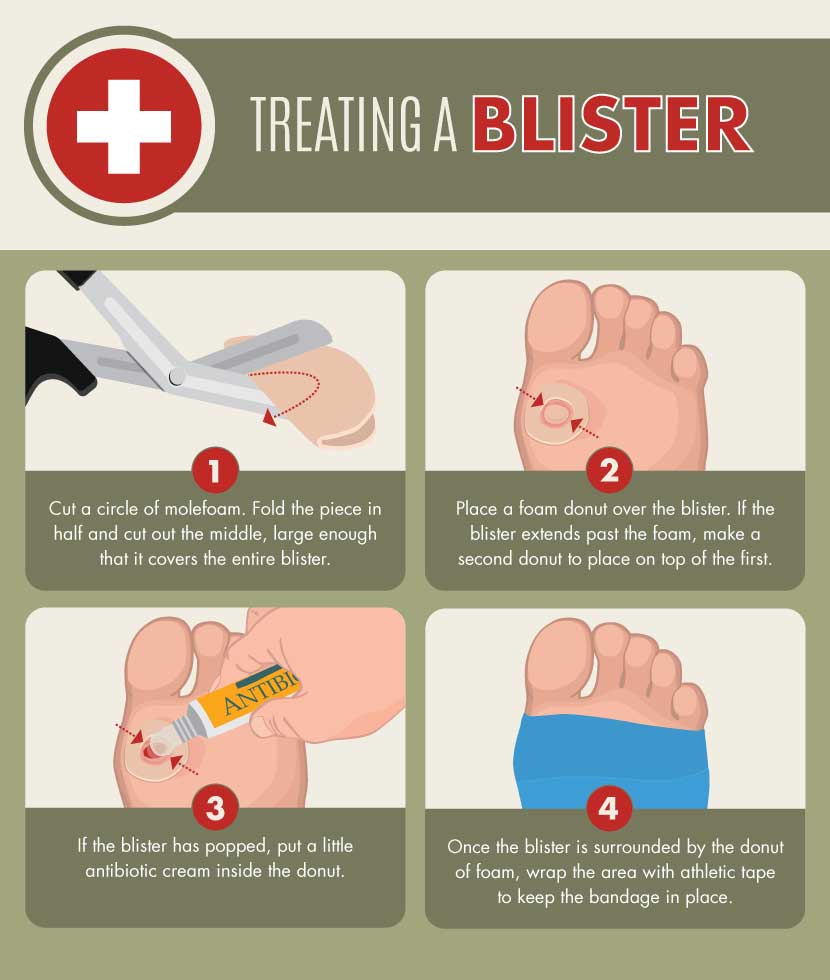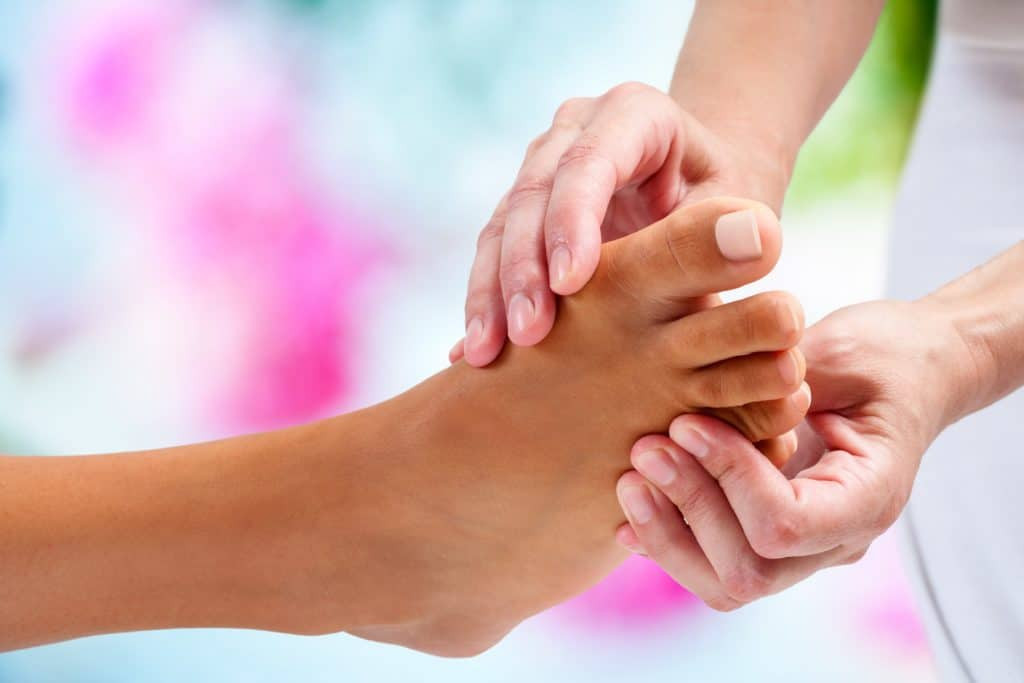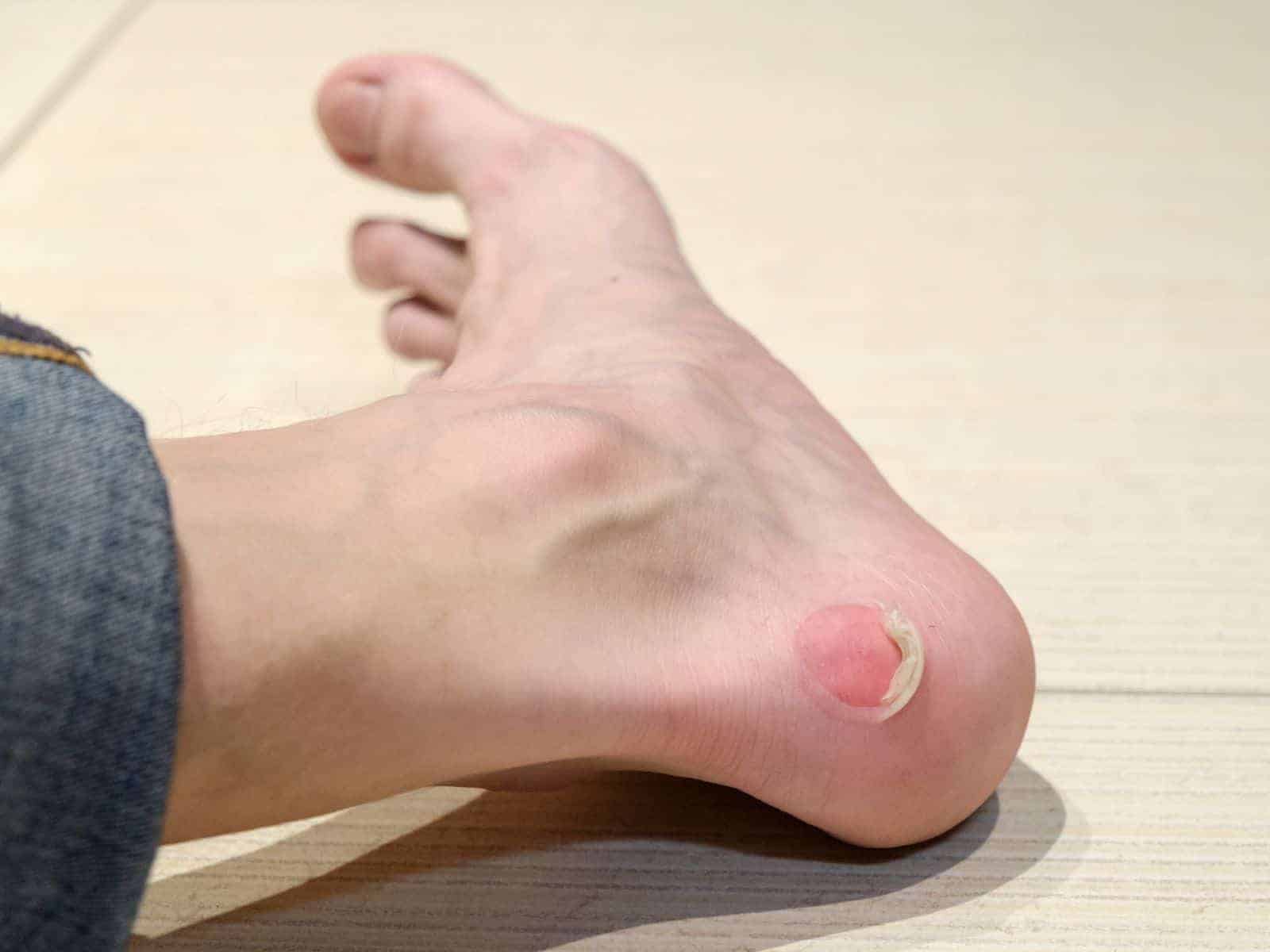Out Of This World Tips About How To Treat Blisters On Foot

Some inherited diseases (for example, pompholyx ).
How to treat blisters on foot. Clean a sharp needle with rubbing alcohol. Exposing your foot to extreme conditions, both hot and cold, can lead to blisters. Pressure and friction can lead to blisters.
Most blisters heal after a few days with basic care. If the blister is in a pressure area. Instead, cut a hole that is slightly larger than the blister in the center of the moleskin or pad to protect it.
To treat a blister, dermatologists recommend the following: If you can’t wash it, try to keep it clean. Clean the blister with antiseptic.
It is important always to leave both clear and bloody. Bring in the sides of the bandage so that the middle of the bandage is a little raised. Your shoes don't fit properly if you don't want a friction blister, you need to wear shoes that fit.
Some infectious diseases (for example, chickenpox ). Blisters can result from too much sweat on the toes, top of the foot, and arch. This leaflet focuses on foot blisters caused by friction.
Blisters on feet commonly occur when the feet rub against the inside of tight shoes. Bacteria can get into a wound, such as a cut or a skin crack, and cause an infection. February 15, 2024 outline identifying blisters on the bottom of your foot causes of blisters on the bottom of the foot effective home remedies for foot blisters preventing blisters on the bottom of the foot when to seek professional help for blister on bottom feet summary common questions struggling with a blister on bottom of foot?
Direct damage to the skin by corrosive substances or heat. The skin provides protection from infection. The main cause of blisters on feet is friction and rubbing from improperly fitting shoes.
Antibiotic ointment helps prevent infections in a blister. Loosely cover the blister with a bandage. For a blister that has not popped try not to pop or drain it.
However, there are things you can do to reduce pain and discomfort, and help protect the area from further. In most cases, the best way to treat blisters on the feet is to leave them alone. The skin provides protection from infection.
Small blisters may break and drain on their own, or reabsorb within a couple of days. A foot infection can occur after an injury. Whether you stand or walk for hours on end, a change in your normal activity level can irritate the skin and lead to a bubble.
